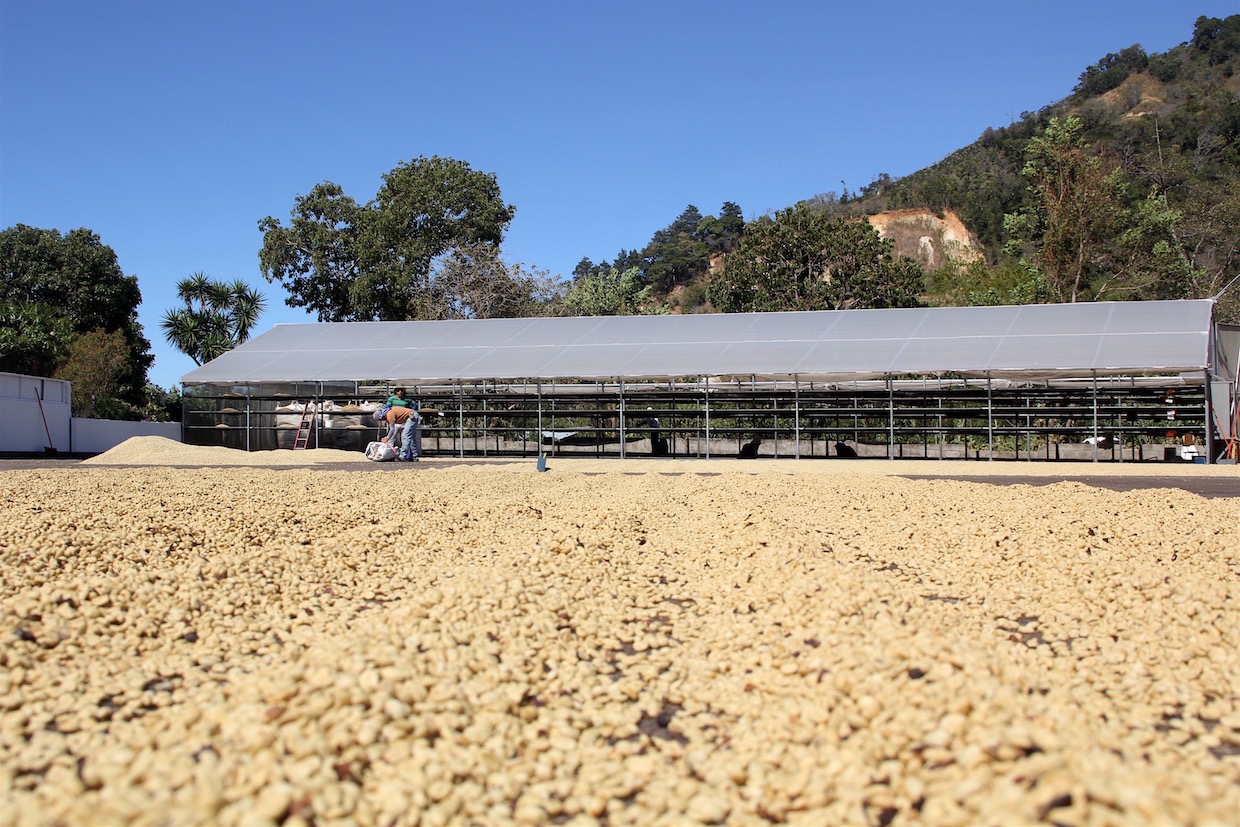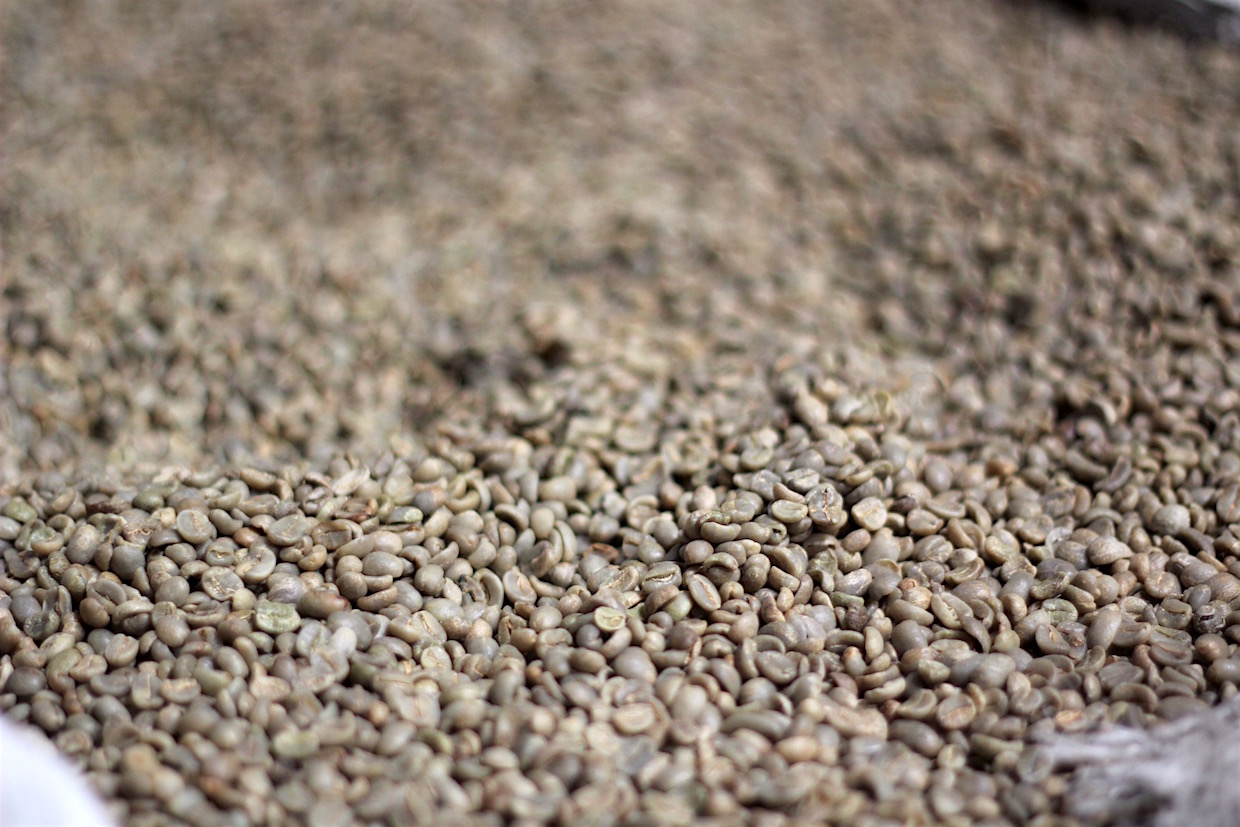As a young newspaper reporter interviewing for an editing job at a trade magazine many moons ago, I was largely unaware of the particular nuances of B2B publishing. One distinction between consumer and trade publications became crystal clear to me when the interviewing editor said something like, “We try to write stories that help people do their jobs better.”
Whether that succeeded then or now is debatable. But there is one kind of story that has proliferated in the age of the internet — and especially in coffee, as the dissemination of data and other information has migrated from the proprietary sphere to the public one. It is the technical column.
We were fortunate enough in 2018 to have some of the brightest minds in coffee share their research, data and expertise with us and, consequently, many of their peers. Here are some of our favorite technical columns from the past year — with a hearty thanks to Chris Kornman of Royal Coffee, and the Coffee Technicians Guild, who are both well-represented in the following list. (It also seems like a good time to note that Daily Coffee News does not engage in any kind of sponsored content or native advertising.)
(Intro by Nick Brown)
Freezing Green Coffee: A Tale of Infestation, Treatment and Consequences
Freezing and thawing the coffee had a small but immediate impact. I was able to observe statistically significant differences in total moisture content immediately after receiving the frozen and thawed sample and comparing it to the original. In every case but one, the treated coffee was slightly drier, up to a 0.7 percent difference in the two most extreme cases.

Coffee in parchment on a drying patio, awaiting further processing and shipment. Daily Coffee News photo/Nick Brown
Harvest and Arrivals: A Roaster’s Guide to Coffee Seasons
The language of seasonality has long been used in conversations about coffee, yet it has not always been an accurate reflection of the mechanisms of the trade. This is pretty evident when you talk to a roaster looking to order Guatemalan coffee in December, or an importer mentioning that Colombia “harvests year round” — which is sort-of true, but imprecise.
A Practical Water Guide for Coffee Professionals (Part I)
With the emergence of science-based resources like the SCA’s Water Quality Handbookand the Maxwell Colonna-Dashwood and Christopher Hendon collaboration Water for Coffee, baristas and roasters are more aware than ever of the critical role of water in coffee quality.
A Practical Water Guide for Coffee Professionals, Part II: The Sensory Data
In the first half of this series, we took a shallow dive into the deep pool of information on the chemistry and composition of water, while exploring what kinds of options coffee professionals have at their disposal for conditioning that water. In Part II, I’d like to focus on the sensory data collected specifically at the Crown, and what kinds of conclusions we can make about water formulas and coffee flavor.
A Roaster’s Guide to Understanding Coffee Plant Types
Coffea arabica has evolved dramatically over the course of history, rising from humble under-canopy trees growing wild in the forests of Keffa in western Ethiopia and South Sudan’s Boma Plateau into globally traded agricultural product. As with the difference between a Valencia and a Blood orange, the specific type of coffee can impact a plant’s morphology (physical appearance), annual yield, resistance to disease and, of course, flavor.
Forge Your Own Path: Five Keys to a Successful Career in Coffee
What does a lifelong career in specialty coffee look like? How do you start roasting coffee, and where do you go from there? How do you define success? Not surprisingly, there is no single answer to any of these questions. Roasting coffee can take professionals to unexpected places, from jungles to laboratories to international coffee competitions to the doors of their own new businesses.
Improving Coffee Through Yeast Control: Lessons From France
Both coffee and wine grapes are harvested as fruit, processed before consumption and are subject to innumerable variables during that processing. Although well-established in the fermentation of wine, one area of processing that is gaining interest in both the scientific and commercial fields is the introduction and control of microbes during coffee fermentation.
Espresso Grinder Burrs: What’s the Difference?
Not all burrs are created equal. The design of the burr coupled with the material composition can change a lot about how the coffee turns out. Burrs have a usable lifespan and then need to be resharpened or thrown out. Burr life depends on a number of factors — metal composition, geometry of the cutting surface, size of the burr and the type of coffee being ground.
Any time you are called out to work on an espresso machine because “it’s not making coffee,” you are likely to enter into the world of fluid dynamics. Of course, there’s no need to get a degree in engineering to de-gunk a clogged group or replace a pump, but in both cases, you’re working to solve a problem that encompasses pressure and flow, the two bedrock concepts in fluid mechanics.









Comment